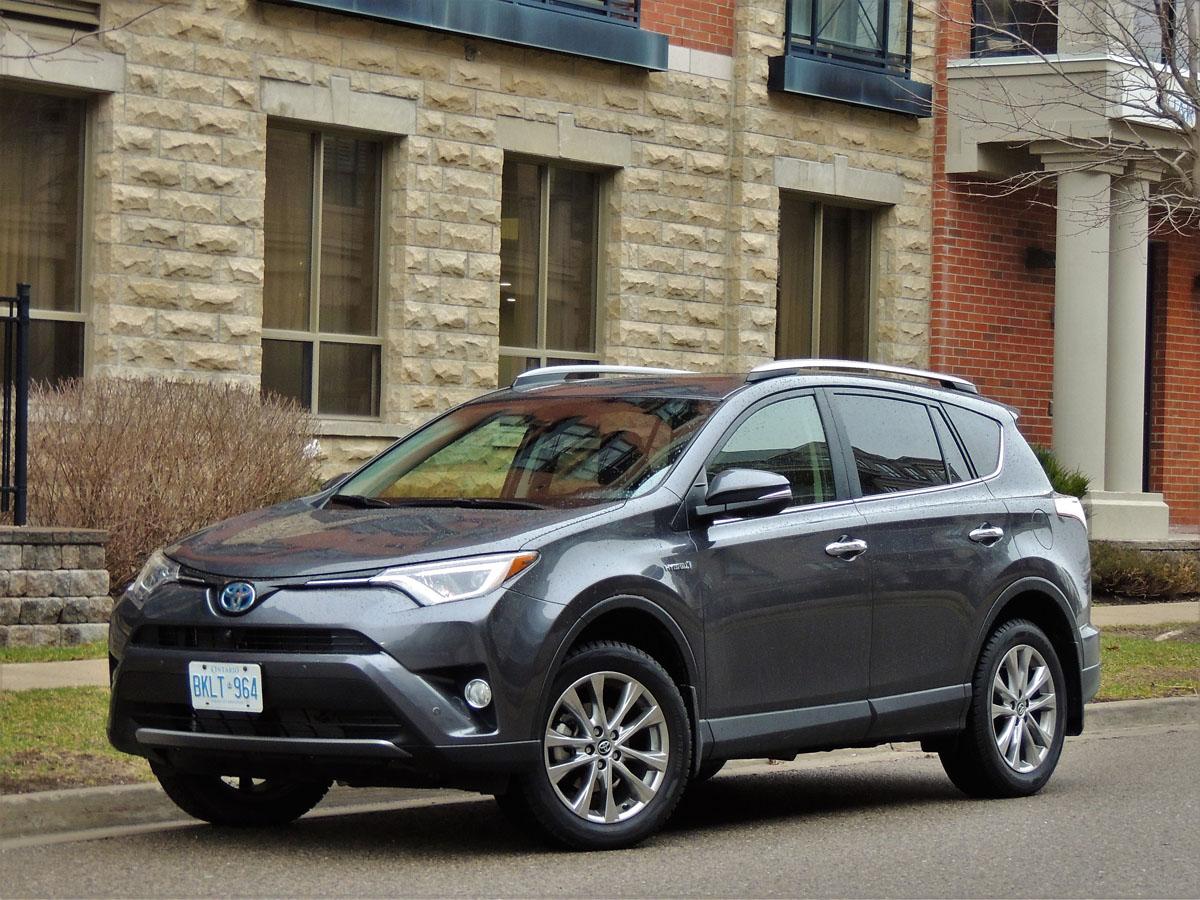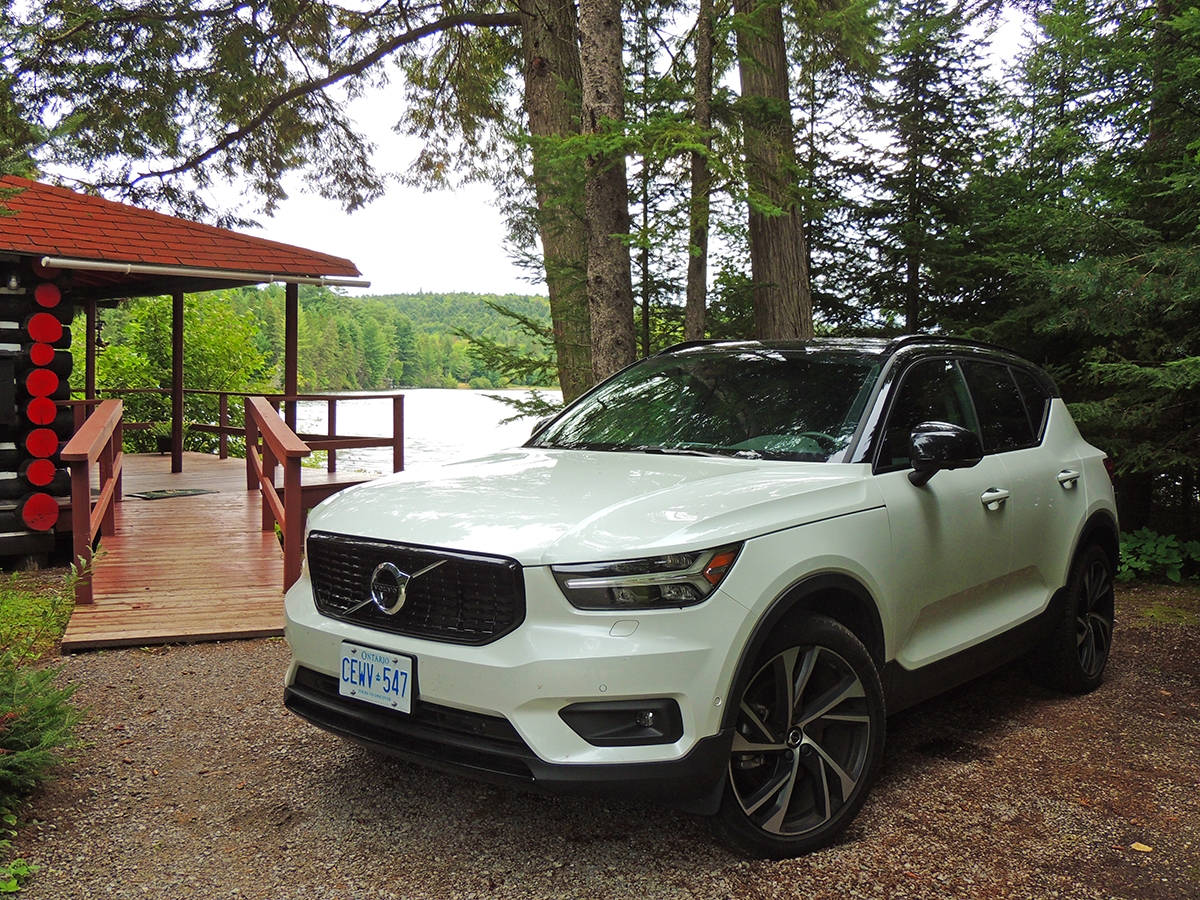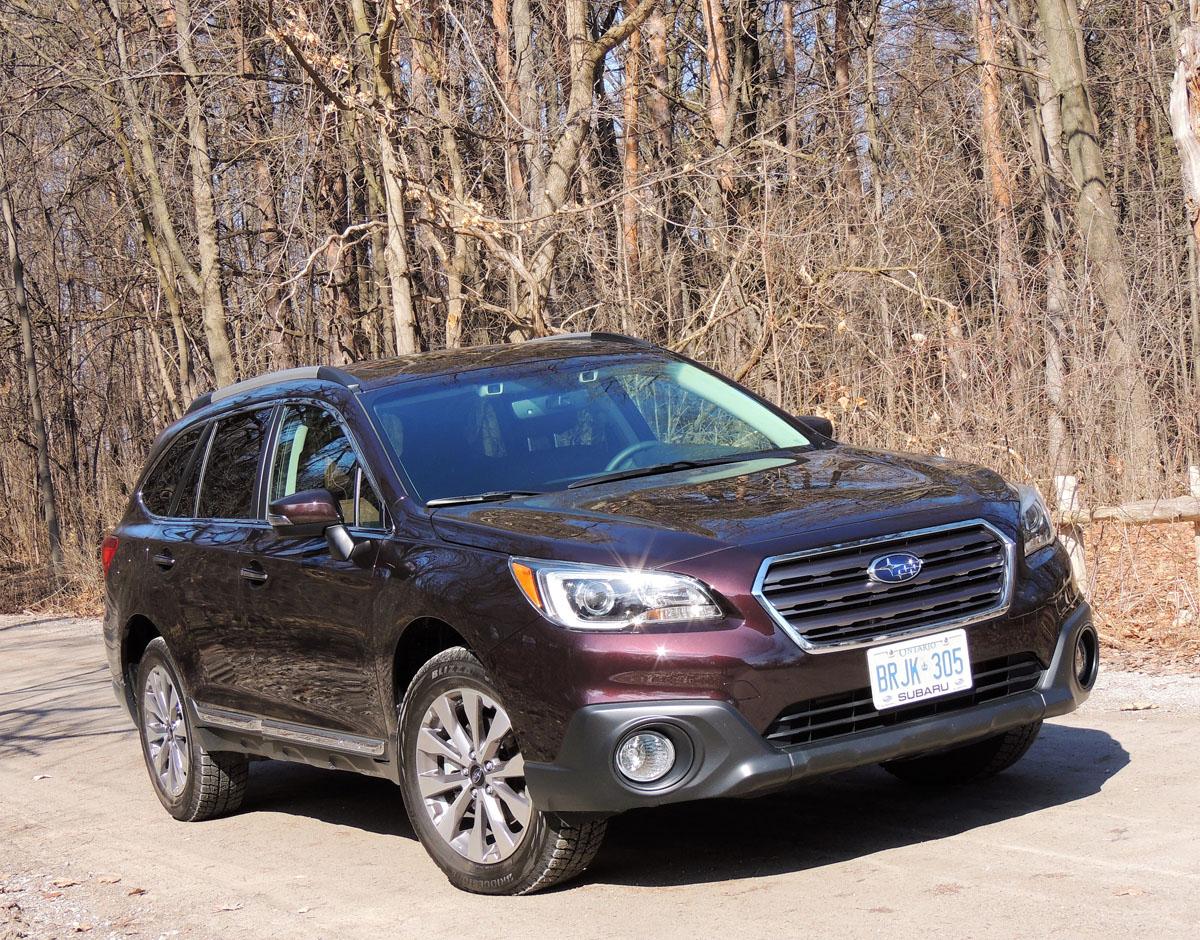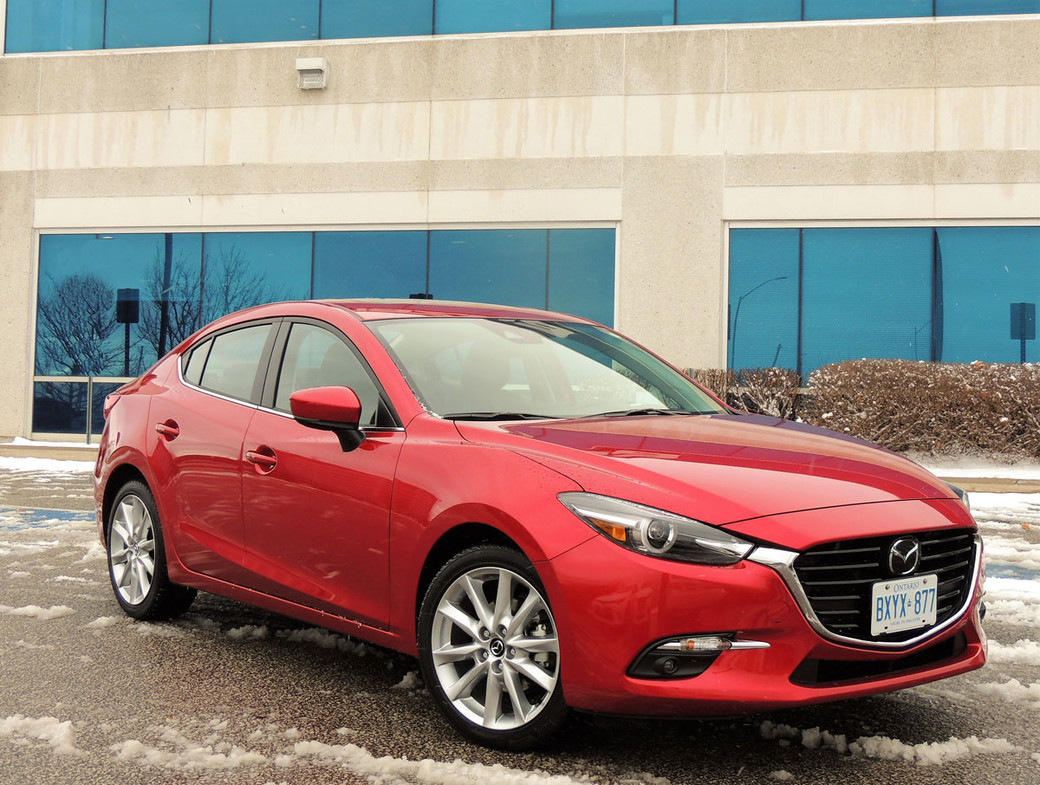
RAV4 Hybrid takes top honours for green motoring
ABOVE: The 2017 Toyota RAV4 Hybrid strikes an ideal balance between utility and eco friendliness. (Photos by Neil Moore)
Toyota defined the hybrid segment, and that vehicle was Prius. This darling of the granola-and-sandals crowd was not only first to market, but continues to be the global top seller.
But Prius’s futuristic shape and eco-warrior identity wasn’t, and still isn’t, for everybody. The automaker wisely understood that if they wanted to sell more hybrids, and make gas-electric less of a niche technology, they’d have to extend it to vehicles already being snapped up in large numbers. Rides like Camry, Highlander – and most recently – RAV4, which joined the hybrid lineup in 2016.
RAV4 was a good choice, as it is Toyota’s second best-selling model. And the category in which it plays is now largest in Canada, with more people buying small SUVs and crossovers than any other kind of vehicle.
RAV4 has also evolved within the compact field it leads. It drives like a car (with higher vantage point and AWD), provides a surprising amount of people and cargo room, and even the straight gas burners get single-digit fuel economy.
Pricing spans $27,445 for the base FWD model to $38,205 for AWD “Limited” models with nicer upholstery, premium amenities and loads of driver tech.

Hybrid models up the ante in several key areas. Starting with price, which climbs to $34,455 for a well-equipped base model to $41,810 for the Limited – my tester for the week.
But this price hike does confer benefits. Like thriftier fuel economy, rated at 6.9/7.8/7.3 L/100 km/h (city/hwy/comb). And a few more ponies under the hood.
The standard RAV4 engine is a 16-valve, DOHC 2.5-litre four cylinder that produces 176 hp and 172 lb/ft of torque. It has been quite a while since Toyota offered an optional 269-hp, 3.5-litre V6, and unfortunately that pocket rocket isn’t coming back.
The hybrid, however, adds a pair of electric motors to its 2.5-litre Atkinson cycle engine to boost horsepower to 194. Torque isn’t advertised, but with electricity providing a full dose the instant you mash the pedal, this combination is noticeably punchier than the gas engine alone.
Toyota offers four drive modes to tailor the experience. Sport mode delivers a marginally quicker throttle response, with the CVT maintaining a higher range for better acceleration. With the added electrics, it pulls off the line quicker than you’d expect.
Eco mode drains the life from this powertrain, but will keep your fuel numbers in check. EV mode (battery only) will operate only for very short distances. And only if you’re very light on the throttle.
I kept it in ‘normal’ most of the week, and although there is a manual mode (no paddle shifters – gear lever only), I allowed the CVT to find its own ratios. RAV4 may be quicker as a hybrid, but that doesn’t make it a neck snapper. Ditto for its competitors. You’re not buying this kind of vehicle for ‘stoplight showdowns’ and with seven inches of ground clearance, you won’t be taking it rock crawling either.

Steering feel is minimal, and with a relatively soft suspension, there’s body roll in the turns. But then again, the gearheads who’d complain aren’t RAV4’s target demographic. On a more positive note, you don’t feel excessive drag from the regenerative braking – something I’ve always found unsettling.
Indeed, this vehicle isn’t about corner carving, acceleration or kick-ass offroading. It is a civilized family hauler that does a lot of things well – like schlepping hockey gear or the spoils of a big-box shopping trip.
With 60/40 back seats dropped, the conventional RAV4 offers 2,080 litres of cargo capacity. Hybrid models are nearly the same, with a small penalty to accommodate its battery. Seatbacks don’t fold entirely flat, but you still get a full two cubic metres of space.

With seats raised, rear passengers enjoy a ton of leg room. No worries about gangly teenagers not fitting, and you can get three of them in back.
Up front, the Limited looks like an entry Lexus. Which should be no surprise for a vehicle that hits the wallet north of $40K.
I expected leather upholstery, but instead Toyota uses SofTex synthetic cowhide. It doesn’t have the weight, texture and smell of the real thing, but apparently it’s hard-wearing and more resistant to spills. It wraps the well-padded door panels and upper dash, and nonetheless provides a luxurious look and feel to the cabin. As does the high-contrast stitching and other premium fittings used throughout.
Front seats are comfortable, well bolstered and come with standard-equipped heating. The driver gets eight-way power adjust, which includes plenty of support in the lumbar area.
Climate controls are proper knobs and buttons, and these (along with the push-button start) are angled upwards for easy reach.
There’s no shortage of cubbies and handy storage solutions – such as the rubber-lined tray over the glovebox, and a phone-sized cubby (also rubber lined) adjacent to power, USB and auxiliary ports.
Unlike some competitors that favour the more stylish, narrowing band of glass, and vehicles like Subaru Forester that opt for the frumpier big-windowed look, RAV4 has found a compromise for visibility. Which is aided by four cameras (front, back, left, right) to provide a 360-degree view.
You’ve probably seen the TV spots featuring a satanic shopping cart following the RAV4 driver as he nervously scans his cameras. The technology is nice, but I might have called a priest.
Just saying…
All RAV4 Hybrids now get Toyota Safety Sense – a suite of tech that includes a pre-collision system with pedestrian detection, lane departure alert with steering assist, auto high beam and radar cruise control, which holds a preset distance between you and the vehicle in front.
More big news from the automaker is their recent sweep of the green vehicle awards at the Vancouver Auto Show. Prius won 2017 Canadian Green Car of the Year, and RAV4 Hybrid was awarded Green Utility Vehicle of the Year.
Proof positive that Toyota has found a sweet spot between utility and green motoring. One that, independent of the gouging at the fuel pump, should keep this automaker selling hybrids in growing numbers.

SNAPSHOT: 2017 Toyota RAV4 Hybrid
BODY STYLE: compact crossover
TRANSMISSION: front-engine, all-wheel-drive; continuously variable transmission (CVT)
ENGINE: 16-valve, DOHC 2.5-litre four cylinder with two high-torque electric motors (194 hp system net)
FUEL ECONOMY: 6.9/7.8/7.3 L/100 km/h (city/hwy/comb)
CARGO: 1,010 litres behind rear seats; 2,000 litres with seats folded
PRICING: Hybrid LE+ 34,455, Hybrid SE $38,660, Hybrid Limited $41,810. Does not include freight and taxes. See website for accessories and current dealer pricing.
WEBSITE: toyota.ca









